Home>Home Appliances>Bathroom Appliances>What To Use In A Foot Spa
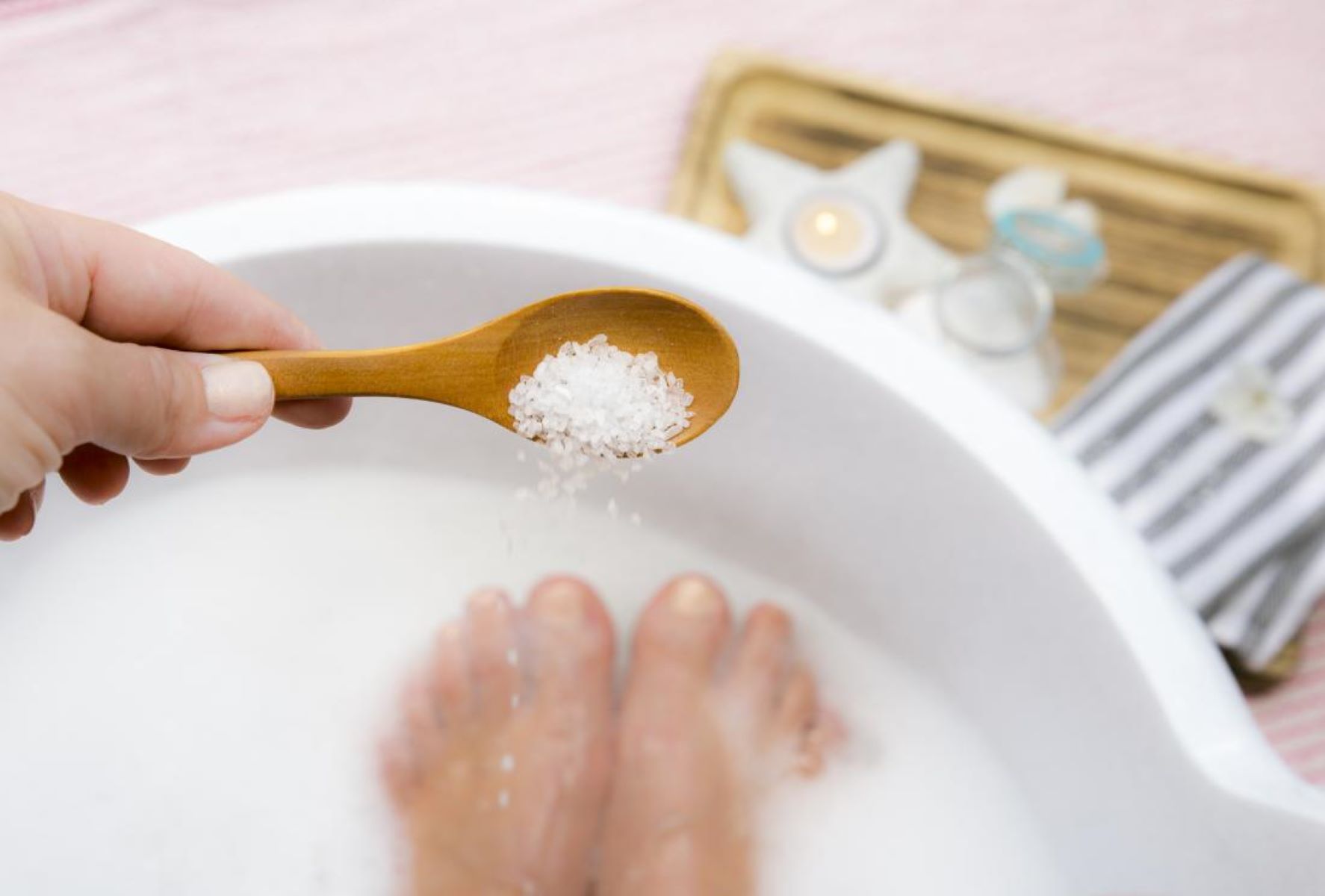

Bathroom Appliances
What To Use In A Foot Spa
Modified: March 6, 2024
Discover the best bathroom appliances for a relaxing foot spa at home. Find out what to use and create your own spa experience. Explore now!
(Many of the links in this article redirect to a specific reviewed product. Your purchase of these products through affiliate links helps to generate commission for Storables.com, at no extra cost. Learn more)
Epsom Salt
Epsom salt, also known as magnesium sulfate, is a versatile and popular ingredient for foot spas. Its natural properties make it an excellent choice for soothing tired feet and promoting relaxation. When added to a foot spa, Epsom salt dissolves in warm water, releasing magnesium and sulfate ions that can be absorbed through the skin. This process offers a range of benefits, making it a go-to option for foot spa enthusiasts.
Read more: Conair Foot Spa: How To Use
Benefits of Epsom Salt in Foot Spas
-
Relaxation: Epsom salt is renowned for its ability to promote relaxation and reduce stress. When added to a foot spa, it creates a calming environment that can help ease tension and soothe both the body and mind.
-
Muscle Relief: The magnesium in Epsom salt is known for its muscle-relaxing properties. Soaking your feet in an Epsom salt foot bath can help alleviate muscle soreness and discomfort, making it an ideal choice after a long day on your feet or an intense workout.
-
Exfoliation: Epsom salt can act as a gentle exfoliant, helping to remove dead skin cells and soften rough patches on the feet. This can leave your feet feeling smoother and rejuvenated after a foot spa session.
-
Reduced Swelling: For those dealing with swollen or achy feet, Epsom salt can offer relief. The salt's natural properties may help reduce swelling and provide a soothing sensation, making it a beneficial addition to a foot spa routine.
How to Use Epsom Salt in a Foot Spa
To incorporate Epsom salt into your foot spa experience, simply fill the basin with warm water and add a generous amount of Epsom salt. Stir the water to help the salt dissolve, and then immerse your feet in the soothing solution. Allow your feet to soak for at least 15-20 minutes to fully experience the benefits of the Epsom salt foot bath.
Whether you're looking to unwind after a long day or pamper your feet with a rejuvenating treatment, Epsom salt can elevate your foot spa experience. Its natural properties and versatile benefits make it a valuable addition to any self-care routine, providing a simple yet effective way to promote relaxation and foot health.
Incorporating Epsom salt into your foot spa regimen can offer a luxurious and therapeutic experience, leaving you with refreshed and revitalized feet. So, the next time you indulge in a foot spa session, consider reaching for Epsom salt to enhance the overall relaxation and well-being of your feet.
Key Takeaways:
- Soothe and Revitalize Your Feet with Epsom Salt, Essential Oils, and More
Indulge in a luxurious foot spa experience using Epsom salt for relaxation, essential oils for aromatic therapy, and other natural ingredients for skin rejuvenation and comfort. - Customize Your Foot Spa with Olive Oil, Herbal Tea, and Household Staples
Elevate your foot spa routine with olive oil for skin hydration, herbal tea for aromatherapy, and everyday items like baking soda and vinegar for personalized foot care.
Essential Oils
Essential oils have long been cherished for their aromatic and therapeutic properties, making them a popular choice for enhancing the foot spa experience. Derived from various plants, these concentrated oils boast a wide range of scents and potential benefits, allowing individuals to customize their foot spa sessions based on their preferences and needs.
When it comes to foot spas, essential oils can play a pivotal role in creating a soothing and rejuvenating atmosphere. The aromatic compounds found in essential oils have the potential to evoke feelings of relaxation, uplift the mood, and provide a sensory escape from the stresses of daily life. Whether you're seeking a calming retreat or an invigorating boost, incorporating essential oils into your foot spa routine can help set the tone for a truly indulgent experience.
In addition to their aromatic allure, essential oils are celebrated for their potential therapeutic effects on the body and mind. Different essential oils are associated with various properties, such as calming, energizing, or even providing relief for tired muscles. For instance, lavender essential oil is renowned for its calming and soothing attributes, making it an ideal choice for promoting relaxation during a foot spa session. On the other hand, peppermint essential oil is often favored for its invigorating and refreshing qualities, offering a revitalizing sensation that can help rejuvenate tired feet.
When using essential oils in a foot spa, it's important to dilute them properly to ensure safe and effective usage. Typically, a few drops of essential oil can be added to a carrier oil, such as coconut or jojoba oil, before being dispersed into the foot spa water. This dilution method helps prevent skin irritation and allows the aromatic essence of the oils to permeate the water, enveloping the feet in a fragrant and therapeutic embrace.
The versatility of essential oils allows individuals to tailor their foot spa experience to address specific needs. Whether it's seeking relief from muscle tension, promoting relaxation, or simply indulging in a sensory escape, the diverse array of essential oils provides ample options for personalizing the foot spa journey. By incorporating essential oils into your foot spa routine, you can elevate the experience, transforming it into a luxurious and personalized retreat that nurtures both the body and the spirit.
Incorporating essential oils into your foot spa regimen can offer a luxurious and therapeutic experience, leaving you with refreshed and revitalized feet. So, the next time you indulge in a foot spa session, consider reaching for essential oils to enhance the overall relaxation and well-being of your feet.
Baking Soda
Baking soda, a versatile household staple, extends its usefulness beyond the kitchen. When it comes to foot spas, this humble ingredient can work wonders in promoting foot health and relaxation. Its alkaline nature and gentle exfoliating properties make it a valuable addition to foot spa routines, offering a range of benefits for tired and achy feet.
Read more: How To Use A Foot Spa
Benefits of Baking Soda in Foot Spas
-
Exfoliation: Baking soda serves as a gentle exfoliant, helping to slough off dead skin cells and soften rough patches on the feet. This can leave the skin feeling smoother and rejuvenated, making it an ideal choice for those seeking to pamper their feet.
-
Odor Control: The natural deodorizing properties of baking soda can help neutralize foot odor, leaving feet feeling and smelling fresh. This can be particularly beneficial after a long day of wearing shoes or engaging in physical activities.
-
Soothing Discomfort: For individuals dealing with minor foot discomfort, adding baking soda to a foot spa can provide a soothing sensation. The alkaline nature of baking soda may help alleviate minor irritations and promote a sense of relief.
-
Relaxation: When combined with warm water, baking soda creates a calming environment that can help relax the feet and promote a sense of overall well-being. This makes it a valuable ingredient for those looking to unwind and de-stress.
How to Use Baking Soda in a Foot Spa
Incorporating baking soda into a foot spa is a straightforward process. Begin by filling the foot spa basin with warm water and adding a generous amount of baking soda. Stir the water to ensure the baking soda dissolves, creating a soothing solution for the feet. Once the baking soda is fully dissolved, immerse your feet and allow them to soak for at least 15-20 minutes to experience the full benefits.
Personalized Foot Spa Experience
The versatility of baking soda allows individuals to customize their foot spa experience based on their specific needs. Whether it's seeking exfoliation, odor control, or simply indulging in a relaxing soak, baking soda can adapt to various preferences, making it a valuable and adaptable addition to foot spa routines.
Incorporating baking soda into your foot spa regimen can offer a luxurious and therapeutic experience, leaving you with refreshed and revitalized feet. So, the next time you indulge in a foot spa session, consider reaching for baking soda to enhance the overall relaxation and well-being of your feet.
Vinegar
Vinegar, a pantry staple with a myriad of household uses, emerges as a surprising yet effective addition to foot spa rituals. Its acidic nature and potential therapeutic properties make it a compelling choice for individuals seeking to pamper and revitalize their feet. When incorporated into a foot spa, vinegar can offer a range of benefits, from promoting skin health to providing a soothing and invigorating experience.
Read more: How To Use A Homedics Foot Spa
Benefits of Vinegar in Foot Spas
-
Skin Rejuvenation: The acidic nature of vinegar can act as a gentle exfoliant, helping to slough off dead skin cells and promote skin rejuvenation. This can leave the feet feeling smoother and softer, contributing to an overall sense of revitalization.
-
Foot Odor Control: Vinegar's natural deodorizing properties make it an effective solution for neutralizing foot odor. By incorporating vinegar into a foot spa, individuals can enjoy the refreshing sensation of odor control, leaving their feet feeling clean and revitalized.
-
Balancing pH: The acidic properties of vinegar can help balance the pH of the skin on the feet, potentially aiding in the maintenance of healthy skin. This can be particularly beneficial for individuals dealing with dry or rough skin on their feet.
-
Soothing Discomfort: For those experiencing minor foot discomfort, vinegar can provide a soothing sensation when added to a foot spa. The gentle acidity of vinegar may help alleviate minor irritations, offering a sense of relief and comfort.
How to Use Vinegar in a Foot Spa
Incorporating vinegar into a foot spa is a simple and accessible process. Begin by filling the foot spa basin with warm water and adding a moderate amount of vinegar. A common recommendation is to use apple cider vinegar due to its potential skin-friendly properties. Once the vinegar is added, the water can be stirred to ensure proper dispersion. Subsequently, individuals can immerse their feet in the solution, allowing them to soak for a recommended duration of 15-20 minutes to fully experience the benefits of the vinegar foot bath.
Personalized Foot Spa Experience
The versatility of vinegar allows individuals to customize their foot spa experience based on their specific preferences and needs. Whether it's seeking skin rejuvenation, odor control, or simply indulging in a refreshing soak, vinegar can adapt to various foot care routines, making it a valuable and adaptable addition to foot spa rituals.
Incorporating vinegar into foot spa regimens can offer a luxurious and therapeutic experience, leaving individuals with refreshed and revitalized feet. So, the next time you indulge in a foot spa session, consider reaching for vinegar to enhance the overall relaxation and well-being of your feet.
Herbal Tea
Herbal tea, renowned for its soothing properties and diverse flavors, emerges as a delightful and beneficial addition to foot spa rituals. Unlike traditional tea, herbal teas are crafted from a variety of dried flowers, herbs, and spices, offering a caffeine-free alternative that can be enjoyed for both its taste and potential therapeutic effects. When incorporated into a foot spa, herbal tea can infuse the water with aromatic essences and beneficial compounds, creating a serene and indulgent environment for the feet.
The benefits of herbal tea in foot spas extend beyond its aromatic allure, encompassing potential therapeutic properties that can contribute to a rejuvenating and relaxing experience. Different herbal teas are associated with various attributes, such as calming, invigorating, or skin-nourishing qualities, allowing individuals to tailor their foot spa sessions based on their preferences and needs.
Read more: What Is The Best Foot Spa
Benefits of Herbal Tea in Foot Spas
-
Aromatherapy: The aromatic compounds present in herbal teas can evoke a sense of tranquility and relaxation, enveloping the feet in a fragrant embrace that enhances the overall foot spa experience.
-
Skin Nourishment: Certain herbal teas, such as chamomile or calendula, are celebrated for their potential skin-soothing and nourishing properties. When infused in foot spa water, these teas can offer a gentle and nurturing sensation for the skin on the feet.
-
Relaxation: Herbal teas like lavender or chamomile are renowned for their calming and stress-relieving attributes. When incorporated into a foot spa, these teas can help create a serene and tranquil atmosphere, promoting relaxation and well-being.
-
Antioxidant Benefits: Many herbal teas boast antioxidant properties that can potentially benefit the skin. When used in foot spas, these teas may contribute to a rejuvenating and revitalizing experience for the feet.
How to Use Herbal Tea in a Foot Spa
To incorporate herbal tea into a foot spa, begin by brewing a strong infusion using the desired herbal tea. Once the tea is steeped and cooled to a comfortable temperature, it can be added to the foot spa basin, enriching the water with its aromatic essence and potential therapeutic properties. Individuals can then immerse their feet in the herbal tea-infused water, allowing them to soak and indulge in the soothing and revitalizing experience.
The versatility of herbal tea allows individuals to customize their foot spa sessions, tailoring the experience to address specific needs and preferences. Whether it's seeking relaxation, skin nourishment, or simply indulging in a sensory escape, the diverse array of herbal teas provides ample options for personalizing the foot spa journey.
Incorporating herbal tea into foot spa regimens can offer a luxurious and therapeutic experience, leaving individuals with refreshed and revitalized feet. So, the next time you indulge in a foot spa session, consider reaching for herbal tea to enhance the overall relaxation and well-being of your feet.
Listerine
Listerine, a well-known mouthwash, may come as a surprising addition to foot spa rituals, yet its potential benefits for foot care have garnered attention. The antiseptic properties and refreshing qualities of Listerine make it an intriguing option for individuals seeking to pamper and revitalize their feet. When incorporated into a foot spa, Listerine can offer a range of potential benefits, from promoting foot hygiene to providing a rejuvenating and invigorating experience.
Benefits of Listerine in Foot Spas
-
Antiseptic Action: Listerine contains antiseptic compounds such as menthol, thymol, and eucalyptol, which are known for their potential antimicrobial properties. When added to foot spa water, Listerine may help cleanse the feet and inhibit the growth of odor-causing bacteria, contributing to a refreshing and hygienic sensation.
-
Refreshing Sensation: The menthol and eucalyptol present in Listerine can create a cooling and invigorating sensation when added to foot spa water. This refreshing quality can offer a revitalizing experience, particularly after a long day or as part of a self-care routine.
-
Potential Odor Control: The antiseptic and deodorizing properties of Listerine may help neutralize foot odor, leaving the feet feeling clean and refreshed. This can be particularly beneficial for individuals seeking to address odor-related concerns as part of their foot care regimen.
-
Soothing Discomfort: For those experiencing minor foot discomfort, the cooling sensation of Listerine in a foot spa may provide a soothing effect. This can contribute to a sense of relief and comfort, making it a valuable addition to foot care routines.
Read more: What Does A Foot Spa Do
How to Use Listerine in a Foot Spa
Incorporating Listerine into a foot spa is a straightforward process. Begin by filling the foot spa basin with warm water and adding a moderate amount of Listerine. The water can be stirred to ensure proper dispersion of the mouthwash. Subsequently, individuals can immerse their feet in the Listerine-infused solution, allowing them to soak for a recommended duration of 15-20 minutes to fully experience the potential benefits.
The versatility of Listerine allows individuals to customize their foot spa experience based on their specific preferences and needs. Whether it's seeking a refreshing sensation, potential odor control, or simply indulging in a revitalizing soak, Listerine can adapt to various foot care routines, making it a valuable and adaptable addition to foot spa rituals.
Incorporating Listerine into foot spa regimens can offer a luxurious and potentially therapeutic experience, leaving individuals with refreshed and revitalized feet. So, the next time you indulge in a foot spa session, consider reaching for Listerine to enhance the overall relaxation and well-being of your feet.
Hydrogen Peroxide
Hydrogen peroxide, a common household antiseptic, holds potential benefits for foot spa applications, offering a compelling option for individuals seeking to promote foot hygiene and rejuvenation. Its antimicrobial properties and gentle cleansing effects make it an intriguing addition to foot care routines, providing a range of potential advantages for foot health and overall well-being.
Benefits of Hydrogen Peroxide in Foot Spas
-
Antimicrobial Action: Hydrogen peroxide exhibits antimicrobial properties that can help cleanse the feet and inhibit the growth of potentially harmful microorganisms. When added to foot spa water, it may contribute to a hygienic and refreshing sensation, promoting foot cleanliness and comfort.
-
Gentle Cleansing: The mild cleansing effects of hydrogen peroxide can aid in removing impurities and residues from the skin on the feet. This gentle cleansing action may leave the feet feeling refreshed and revitalized, offering a rejuvenating experience during foot spa sessions.
-
Potential Odor Control: The antimicrobial and deodorizing properties of hydrogen peroxide may help neutralize foot odor, providing a refreshing and clean sensation. This can be particularly beneficial for individuals seeking to address odor-related concerns as part of their foot care regimen.
-
Skin Rejuvenation: Hydrogen peroxide's gentle exfoliating properties may contribute to skin rejuvenation, helping to slough off dead skin cells and promote a smoother, softer skin texture on the feet. This can enhance the overall appearance and feel of the skin, adding a pampering element to foot spa experiences.
How to Use Hydrogen Peroxide in a Foot Spa
Incorporating hydrogen peroxide into a foot spa is a simple and accessible process. Begin by filling the foot spa basin with warm water and adding a moderate amount of hydrogen peroxide. The water can be gently stirred to ensure proper dispersion of the antiseptic solution. Subsequently, individuals can immerse their feet in the hydrogen peroxide-infused water, allowing them to soak for a recommended duration of 15-20 minutes to fully experience the potential benefits.
The versatility of hydrogen peroxide allows individuals to customize their foot spa experience based on their specific preferences and needs. Whether it's seeking antimicrobial action, potential odor control, or simply indulging in a revitalizing soak, hydrogen peroxide can adapt to various foot care routines, making it a valuable and adaptable addition to foot spa rituals.
Incorporating hydrogen peroxide into foot spa regimens can offer a luxurious and potentially therapeutic experience, leaving individuals with refreshed and revitalized feet. So, the next time you indulge in a foot spa session, consider reaching for hydrogen peroxide to enhance the overall relaxation and well-being of your feet.
Read more: How To Use Dr. Scholl’s Foot Spa
Olive Oil
Olive oil, a beloved staple in culinary pursuits, transcends its traditional role and emerges as a luxurious and beneficial addition to foot spa rituals. Renowned for its rich emollient properties and potential skin-nourishing effects, olive oil offers a compelling option for individuals seeking to pamper and revitalize their feet. When incorporated into a foot spa, olive oil can impart a sense of indulgence and provide a range of potential benefits, from promoting skin hydration to offering a soothing and rejuvenating experience.
Benefits of Olive Oil in Foot Spas
-
Skin Hydration: The emollient nature of olive oil makes it an ideal candidate for promoting skin hydration. When added to foot spa water, olive oil can help moisturize and soften the skin on the feet, contributing to a supple and nourished sensation.
-
Nourishing Properties: Olive oil contains beneficial compounds such as vitamin E and polyphenols, which are celebrated for their potential skin-nourishing effects. When infused in foot spa water, these properties can offer a gentle and nurturing experience for the skin on the feet.
-
Soothing Sensation: The application of olive oil in foot spas can create a soothing and comforting sensation, providing a sense of relaxation and well-being. This can be particularly beneficial for individuals seeking to unwind and pamper their feet after a long day.
-
Potential Exfoliation: Olive oil can be combined with natural exfoliants such as sugar or salt to create a gentle scrub for the feet. This exfoliating action can help remove dead skin cells and promote a smoother, more radiant skin texture.
How to Use Olive Oil in a Foot Spa
Incorporating olive oil into a foot spa is a straightforward and indulgent process. Begin by filling the foot spa basin with warm water and adding a generous amount of olive oil. The water can be gently stirred to disperse the oil, creating a luxurious and moisturizing solution for the feet. Subsequently, individuals can immerse their feet in the olive oil-infused water, allowing them to soak for a recommended duration of 15-20 minutes to fully experience the potential benefits.
The versatility of olive oil allows individuals to customize their foot spa experience based on their specific preferences and needs. Whether it's seeking skin hydration, potential exfoliation, or simply indulging in a nourishing soak, olive oil can adapt to various foot care routines, making it a valuable and adaptable addition to foot spa rituals.
Incorporating olive oil into foot spa regimens can offer a luxurious and potentially therapeutic experience, leaving individuals with refreshed and revitalized feet. So, the next time you indulge in a foot spa session, consider reaching for olive oil to enhance the overall relaxation and well-being of your feet.
Frequently Asked Questions about What To Use In A Foot Spa
Was this page helpful?
At Storables.com, we guarantee accurate and reliable information. Our content, validated by Expert Board Contributors, is crafted following stringent Editorial Policies. We're committed to providing you with well-researched, expert-backed insights for all your informational needs.

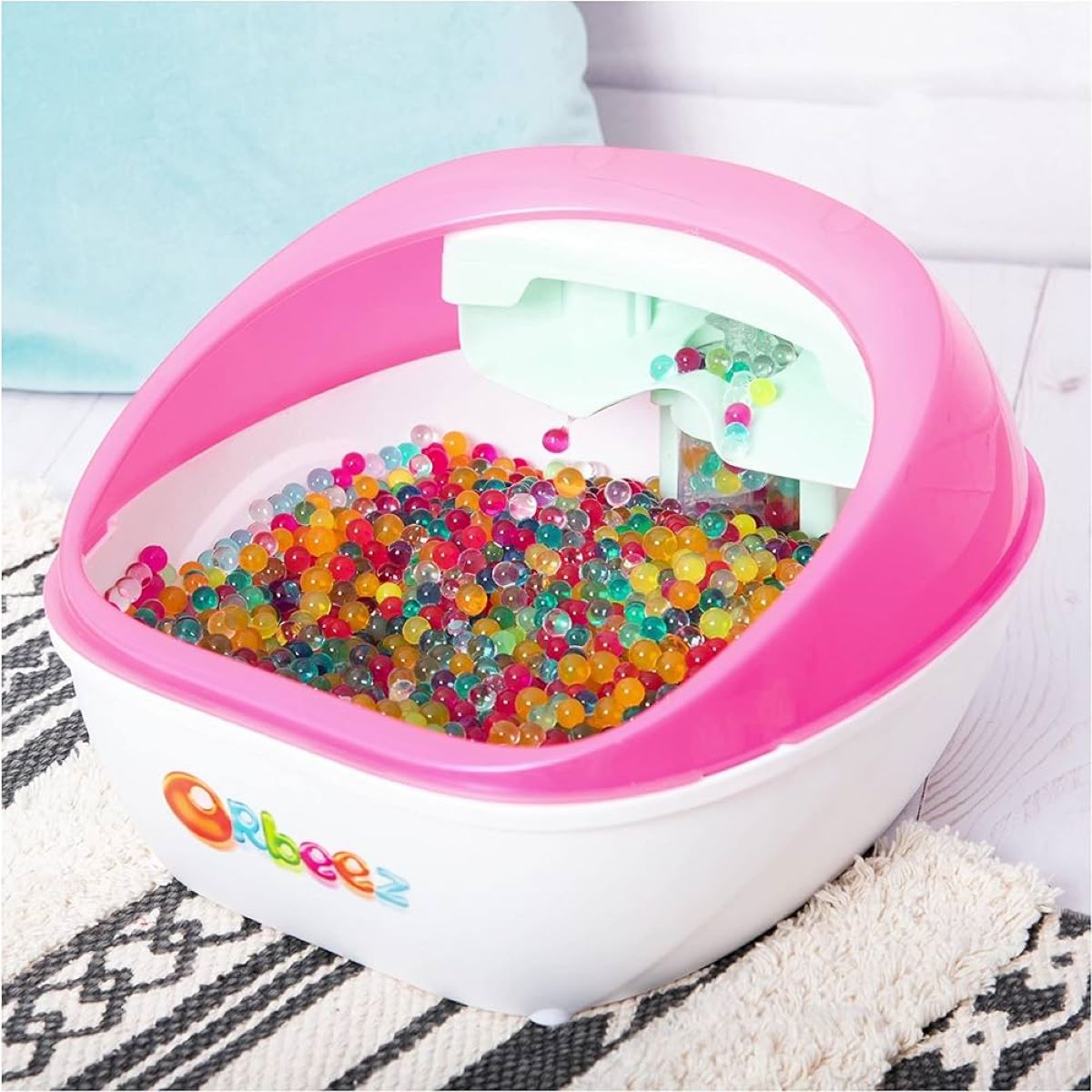
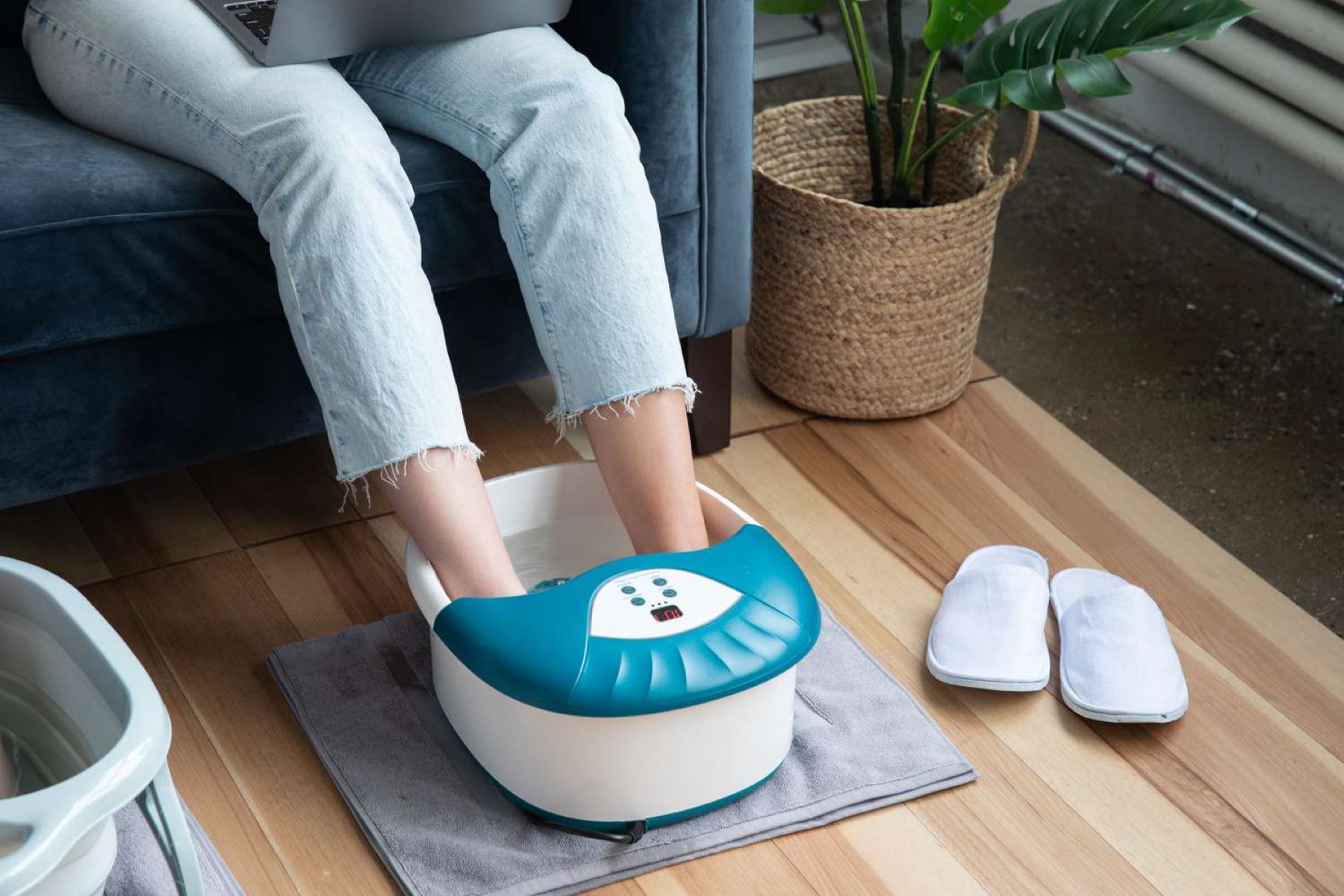
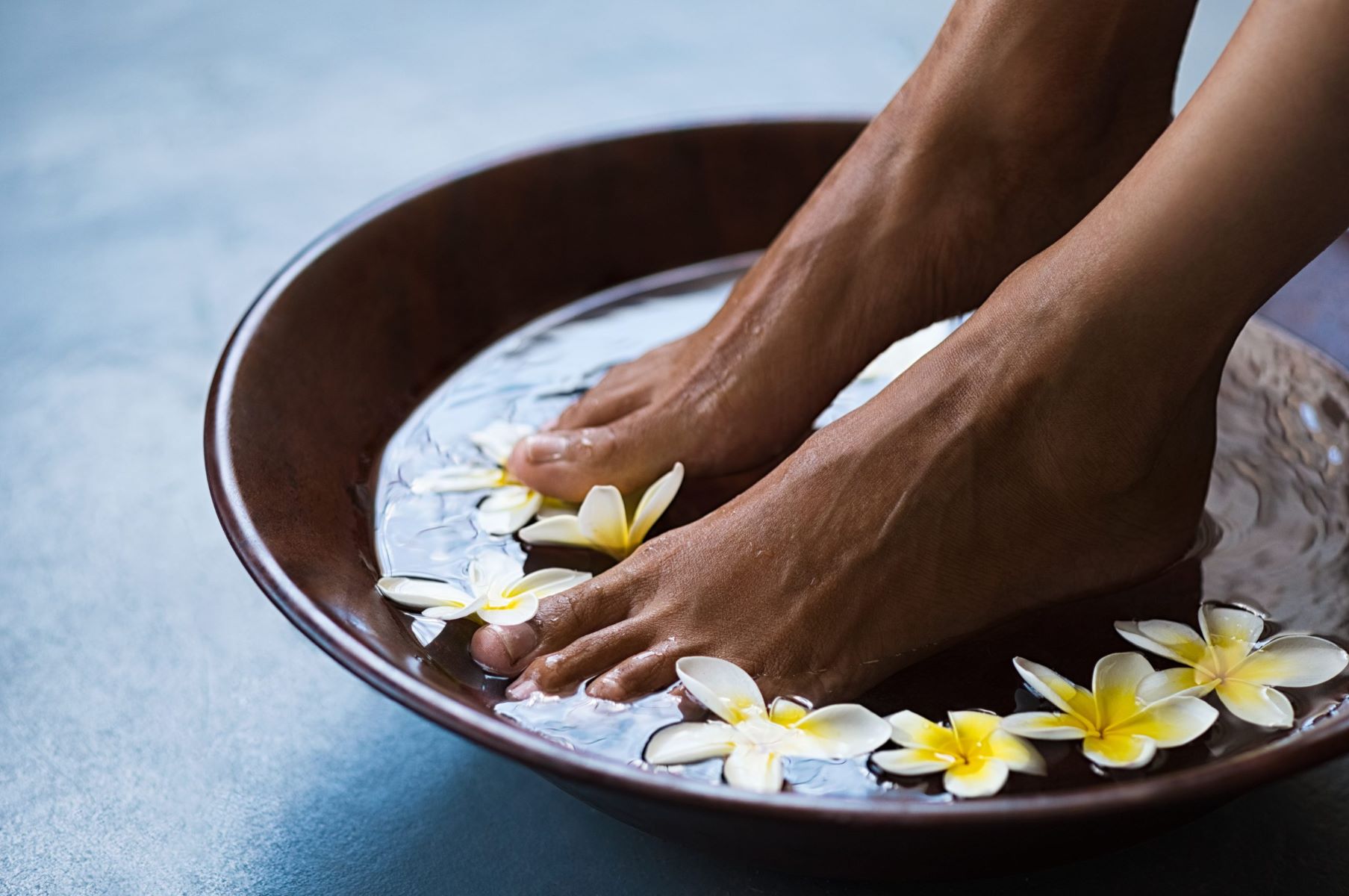
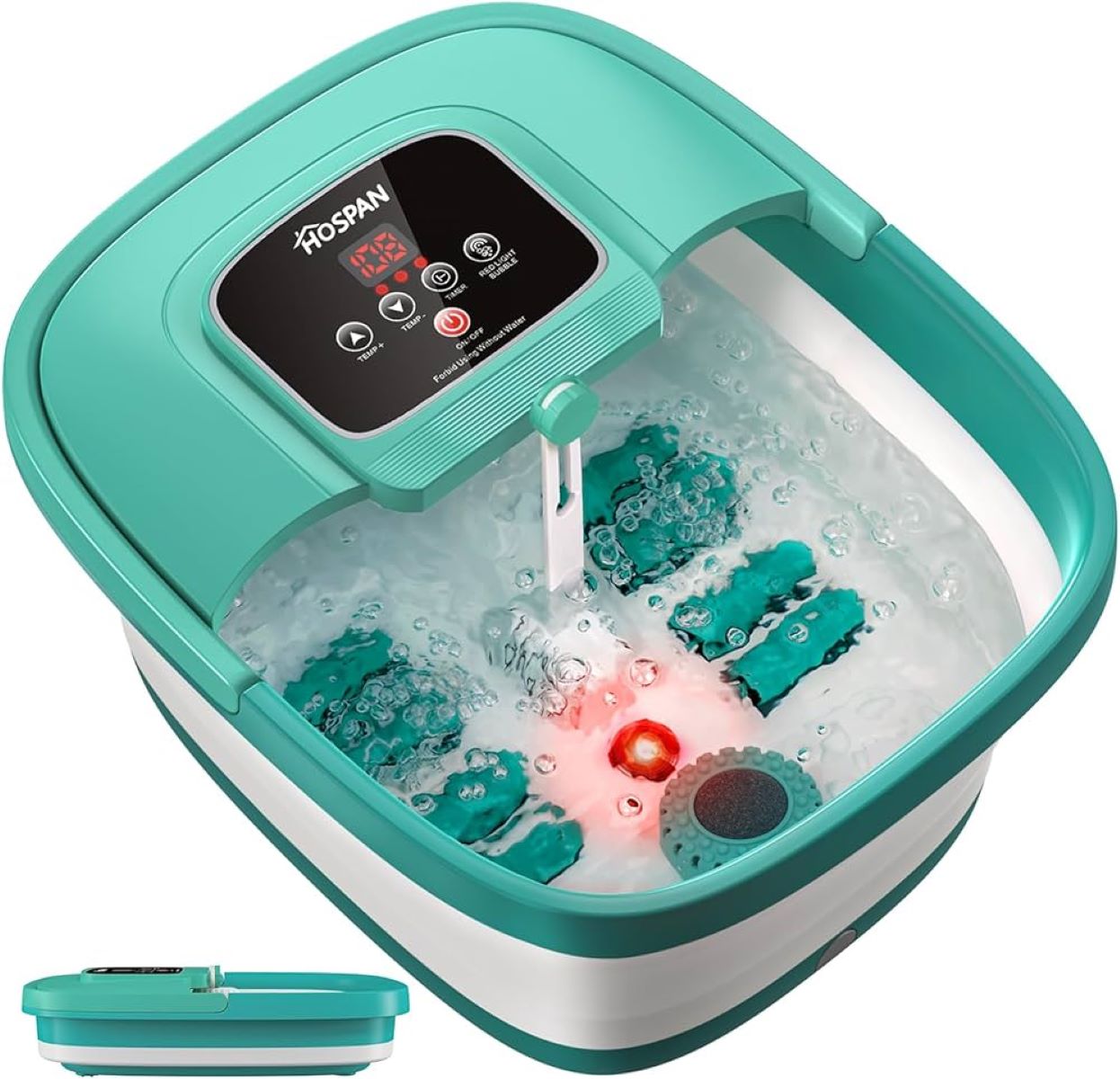
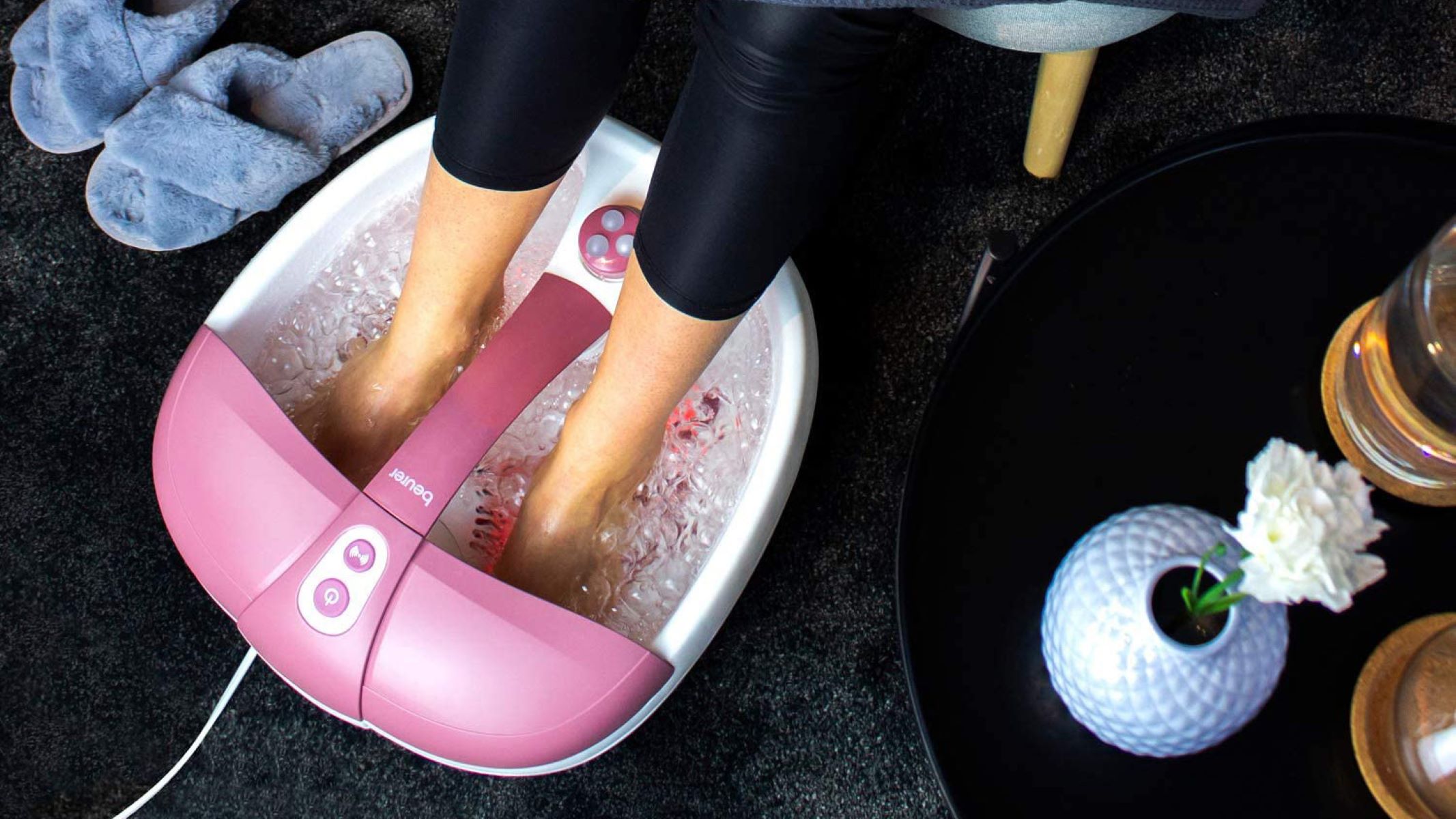


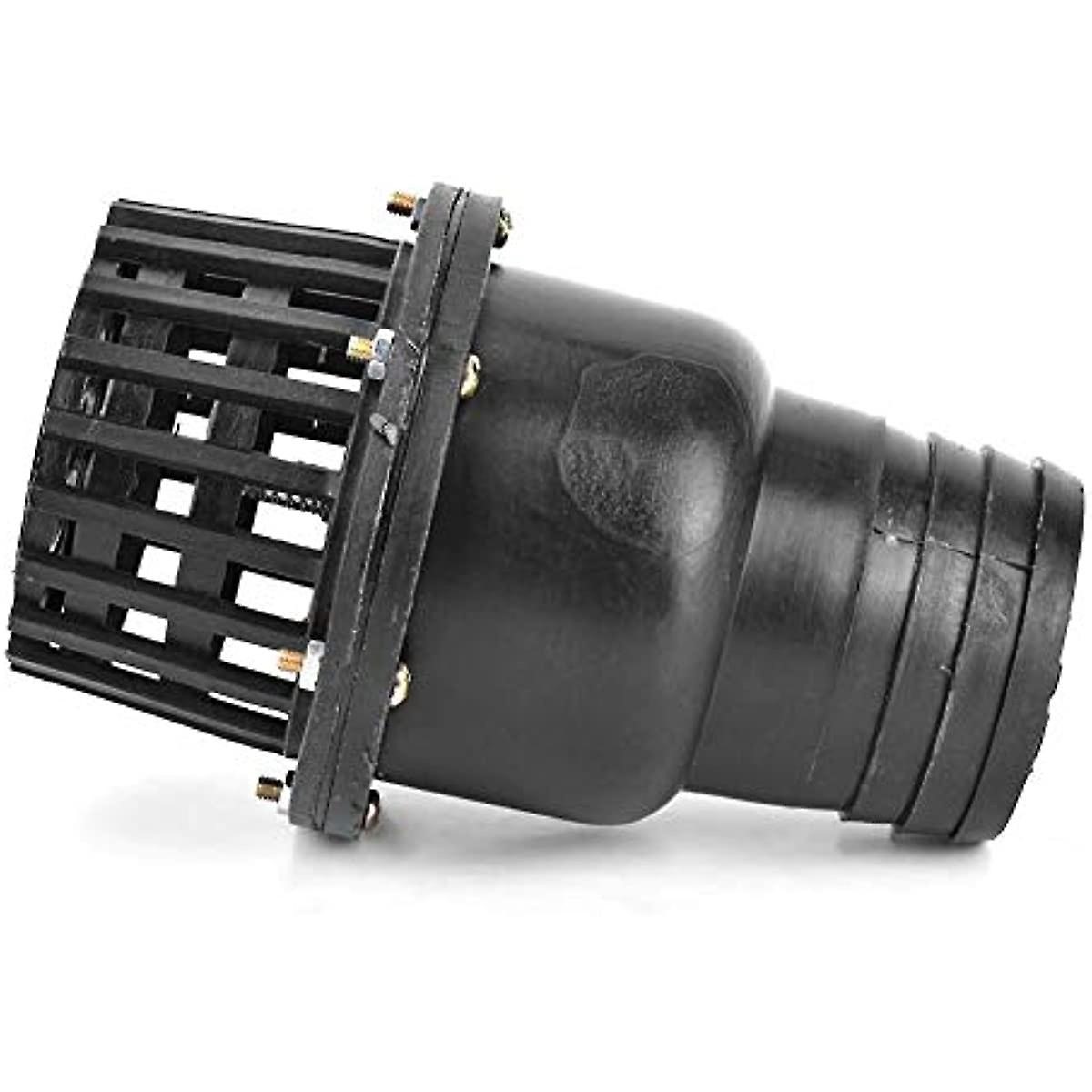


0 thoughts on “What To Use In A Foot Spa”